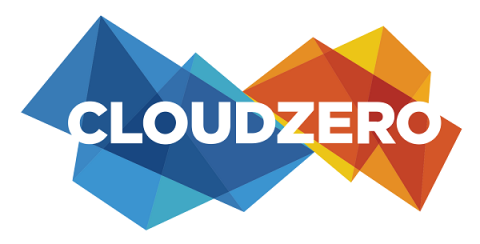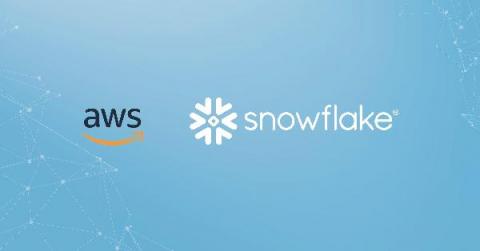Multi-Cloud Strategy vs. Multi-Service: A Smarter Cloud Approach
Multi-cloud has become a hot-button topic these days, with a lot of cloud experts taking a strong stance against the practice. There are exceptions and legitimate reasons why you might choose a multi-cloud strategy (e.g., you sell to customers who restrict you from hosting their data in AWS). Extenuating circumstances aside, there are far more reasons why multi-cloud isn’t a good idea.



